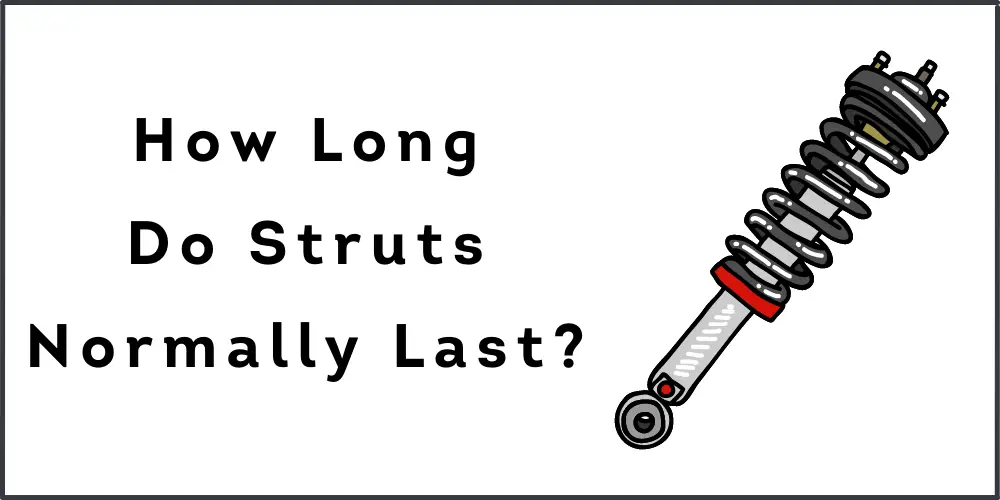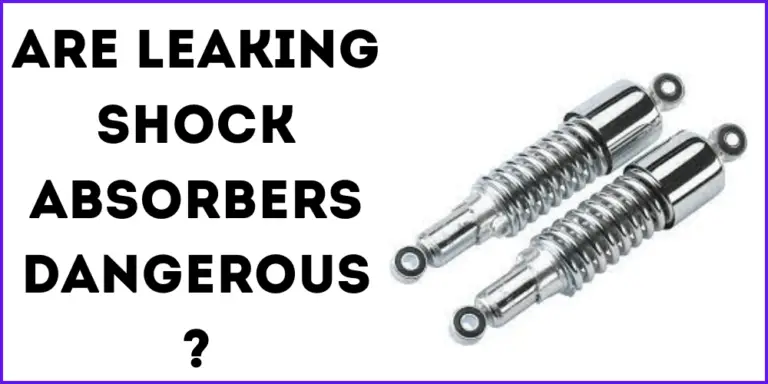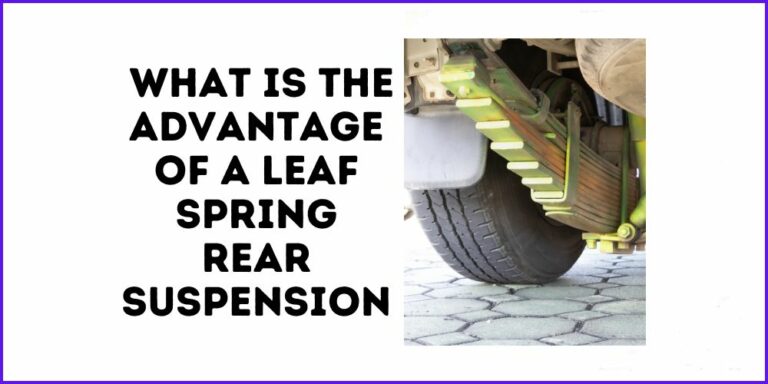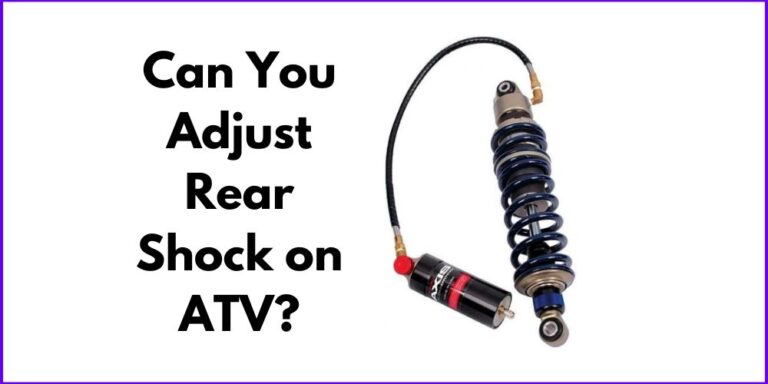If you’re like most drivers, you probably take your car’s strut system for granted. You expect them to last the life of the vehicle with no problems. Unfortunately, this isn’t always the case. How long do struts normally last? What should you do if they start to go bad? Let’s take a closer look.
The lifespan of struts in a vehicle can vary widely depending on several factors, including the quality of the struts, driving conditions, and how well the vehicle is maintained. On average, struts typically last anywhere from 50,000 to 100,000 miles (80,000 to 160,000 kilometers) or roughly 5 to 10 years. However, it’s important to keep the following factors in mind:
Factors that decide the lifecycle of Struts
-
Quality of Struts: The quality of the struts themselves plays a significant role in their lifespan. High-quality, OEM (original equipment manufacturer) struts tend to last longer than lower-quality aftermarket options.
-
Driving Conditions: Struts endure a lot of stress and wear, especially on rough or poorly maintained roads. Frequent driving on bumpy or uneven surfaces can lead to quicker wear and tear on struts.
-
Vehicle Weight: Heavier vehicles put more strain on the struts, which can reduce their lifespan. Struts on larger SUVs or trucks may need replacement sooner than those on smaller cars.
-
Maintenance: Regular maintenance, including wheel alignments and inspections, can help extend the life of struts. Proper maintenance can also help identify issues early, preventing further damage.
-
Driving Habits: Aggressive driving, such as hard braking, sudden acceleration, and taking corners at high speeds, can accelerate strut wear.
-
Climate: Extreme temperatures and weather conditions can affect the lifespan of struts. Extremely hot or cold climates can cause rubber components in the struts to deteriorate more quickly.
-
Manufacturing Materials: Struts are typically made with a combination of metal and rubber components. The quality of these materials can vary between manufacturers and impact durability.
-
Road Salt and Corrosion: In regions where road salt is used to combat ice and snow, struts may be exposed to corrosive substances that can shorten their lifespan.
-
Off-Roading: If a vehicle is used for off-road driving or subjected to heavy-duty tasks, the struts may wear out faster due to the increased stress.
-
Symptoms of Wear: Pay attention to signs of worn struts, such as increased bouncing, poor handling, uneven tire wear, or a rough ride. Addressing these issues promptly can prevent further damage to the vehicle.
What are the Symptoms of Bad Struts?
1) The car may pull to one side while driving or when you turn.
2) It’s possible that the car is wobbly on its axles, ie not centered in terms of alignment.
3) Corners are sloppy and wide, as opposed to sharp and responsive.
4) Lifting one front tire off the ground can cause instability, pushing down on it doesn’t.
5) When turning sharply right and left at low speed (chicane), steering wheel oscillates wildly from tight to loose all over place before finding equilibrium again.
6) Struts feel spongy or bouncy when riding over bumps or braking hard from high speeds (~50 mph).
How Do I Know When my Struts Need to be Replaced?
The first thing you need to know is that there are two types of strut assemblies, namely hydraulic struts and coil springs. Coil springs are the most common form because they’re cheap and durable, but they’re also slow to react. Hydraulic struts use a fluid-filled housing to control the spring rate response time because it’s faster than running an electric current across a wound ribbon or steel wire winding.
There are other factors you should consider too which include the suspension travel, tire inflation level, hydraulic tank pressure readings, cost versus longevity/durability of each type of strut assembly – so this information can be difficult to put into practice without professional help. Your best bet would be seeing what the manufacturer recommends for your specific
Conclusion:
It’s essential to replace struts when they show signs of wear or damage because worn struts can negatively impact vehicle stability, handling, and safety. If you suspect that your vehicle’s struts may need replacement, it’s advisable to have a qualified mechanic inspect them and recommend the appropriate course of action. Regular maintenance and inspections can help you maximize the lifespan of your vehicle’s struts and ensure a safer and more comfortable driving experience.
We know this has been a question you’ve had, and we’re here to answer it for you. Struts can last anywhere from 2-6 years depending on the type of strut your vehicle uses. You’ll want to check with an experienced mechanic at so they can get you the best recommendation possible based on what kind of struts your vehicle needs.
Related Guide:







